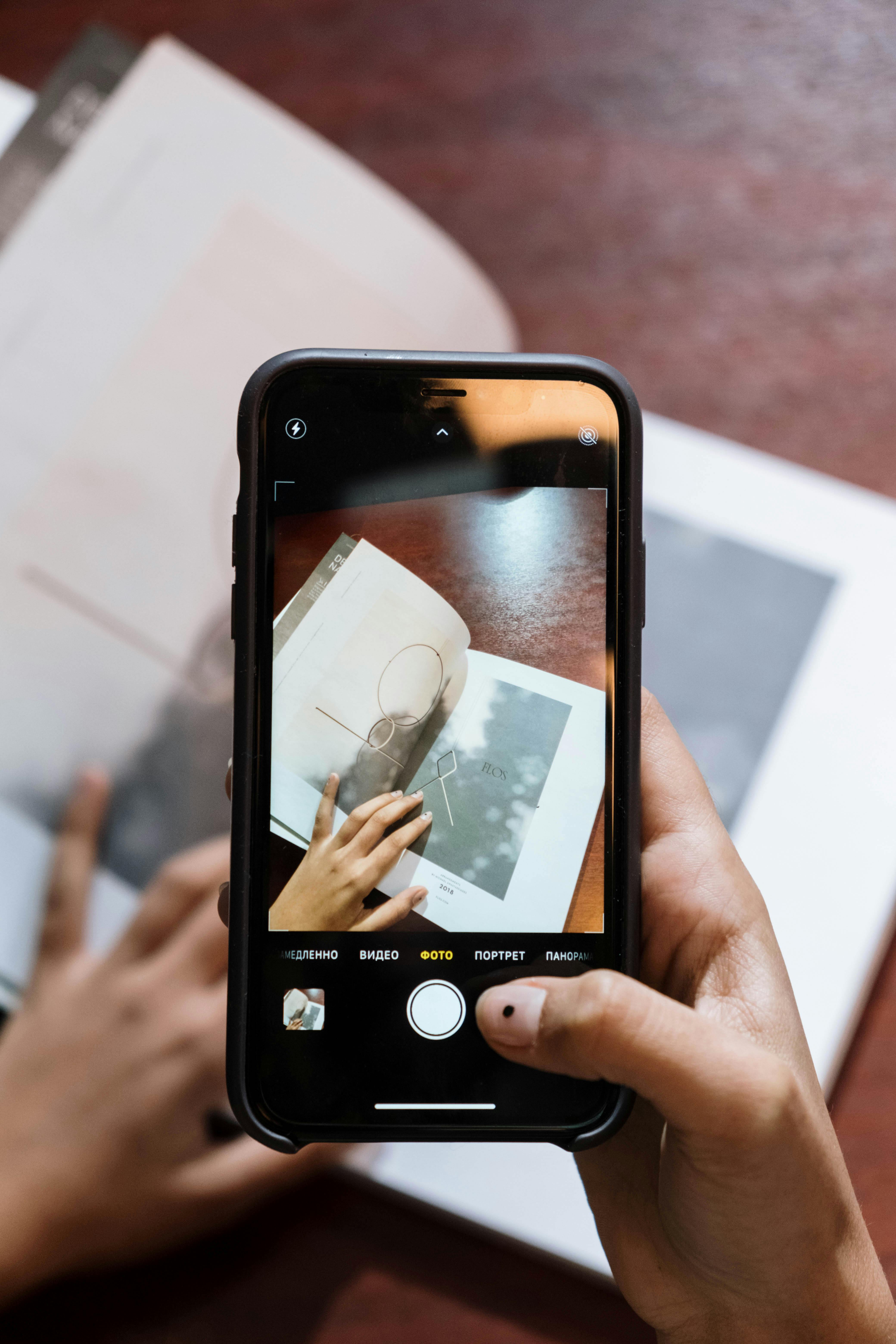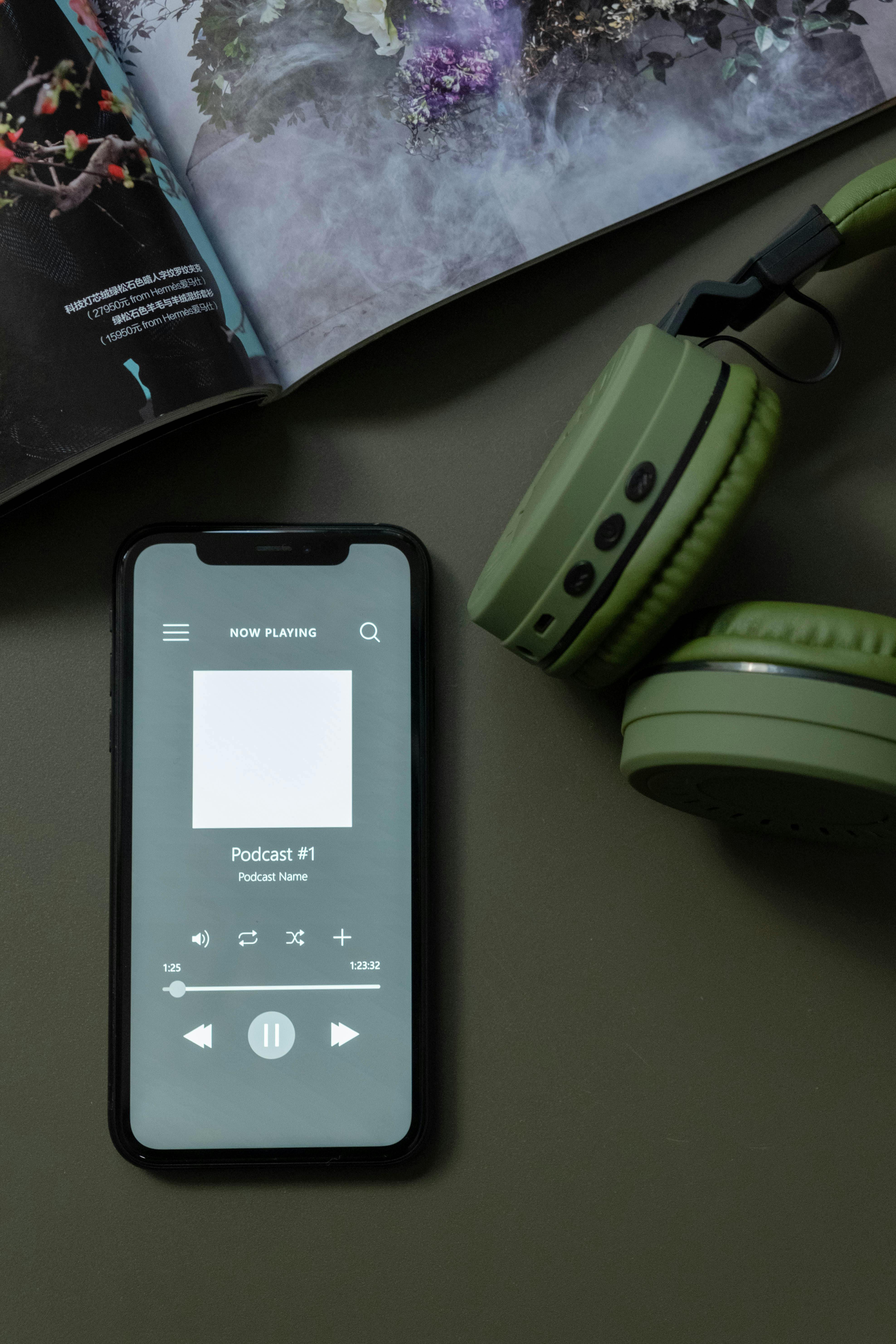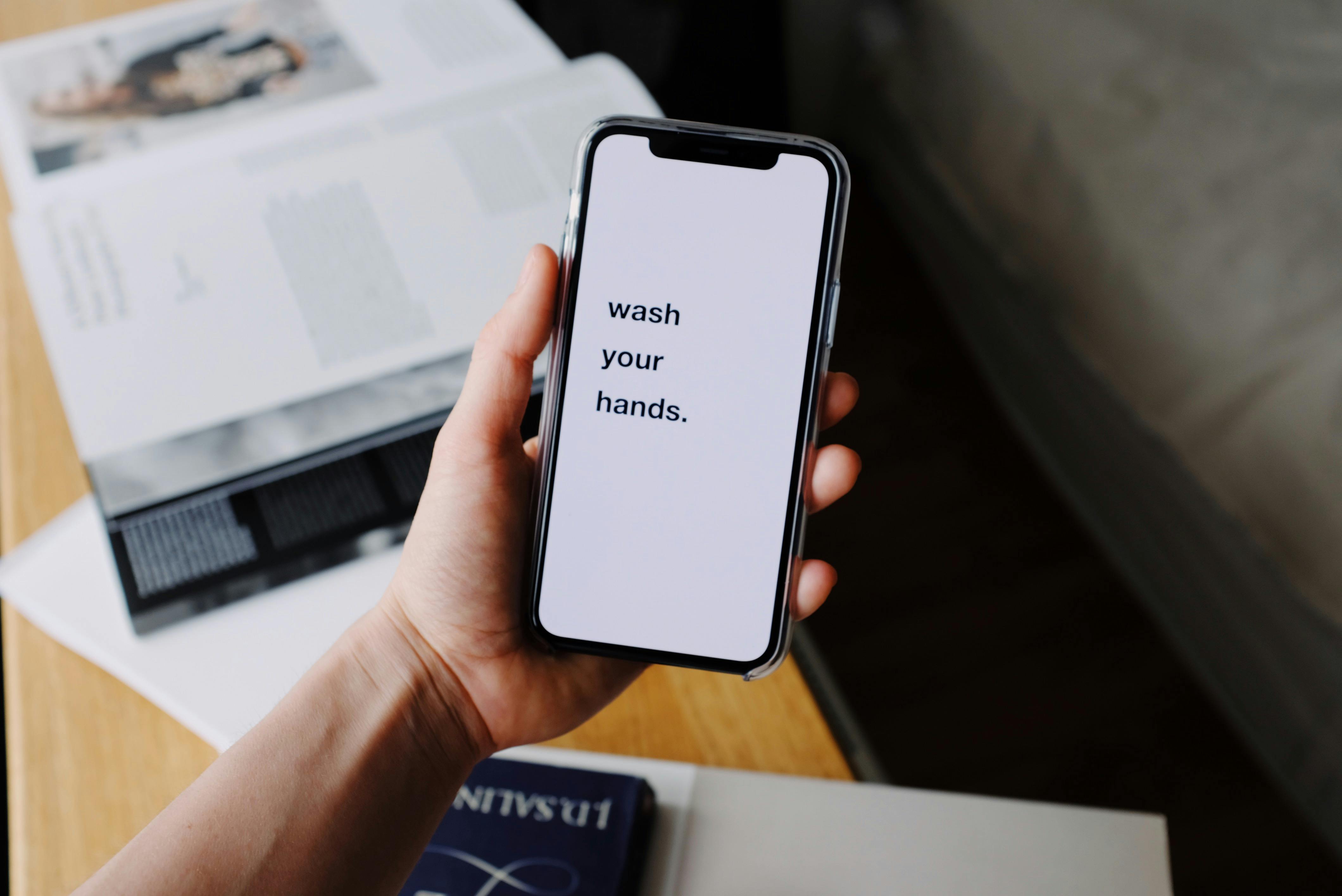When it comes to crafting an engaging, high-impact digital magazine, your visuals have the power to make — or break — the entire reading experience. At 3D Issue, we’ve seen first-hand how optimizing images and videos isn’t just a technical afterthought; it’s absolutely central to how your content is discovered, enjoyed, and shared.

Why Visual Optimization Matters in Digital Magazines
- First impressions count: Crisp, fast-loading visuals keep readers immersed and reflect your publication’s professionalism.
- Accessibility and reach: Properly tagged, responsive images and videos make your content friendly for all devices and accessible to all users.
- SEO advantage: Well-optimized visuals boost your discoverability on search engines and social, supporting organic growth.
Optimizing Images for a Digital-First Magazine Experience
Here’s our hands-on approach to making images work for modern digital publication:
1. Choose the Right Image Dimensions and Resolution
- Tailor to the screen: For digital magazines built with Flipbooks or Experios, upload images that match your most common device viewports—usually between 1200px and 2000px wide for hero images.
- Double up for retina: Use 2x resolution images for sharpness on high-density screens.
- Let the platform work for you: If you use Experios, your images are automatically optimized for every device, so you don’t have to manually create separate files for mobile and desktop.
2. Compress Without Sacrificing Quality
- Smart compression: We recommend using lossless tools to keep images under 150KB where possible, ensuring fast load without pixelation.
- Modern file formats: When you can, use WebP or AVIF—these formats offer a significant size reduction compared to legacy JPEG or PNG.
- Check before you upload: Even on fast connections, oversized images are the #1 cause of sluggish magazine experiences.

3. Use Descriptive Filenames and Alt Text
- SEO-friendly names: Name your files for real people and search engines — e.g.,
fall-fashion-trends-dress.jpgnotIMG9992.jpg. - Detailed alt tags: Write alt text that describes what’s in the image and its context. This helps both with SEO and accessibility.
4. Make Images Interactive
- Add clickable hotspots, galleries, or zoom features where appropriate to deepen engagement—especially easy to do inside 3D Issue’s Flipbooks platform.
5. Embrace Responsiveness
- Always preview your publication on multiple screen sizes to ensure images adapt beautifully, avoiding awkward crops or tiny visuals on mobile.
- Leverage our drag-and-drop template blocks in Experios for a guaranteed responsive layout with no code required.
Best Practices for Video in Digital Magazines
Videos have the power to transform a static digital magazine into an immersive experience. But, left unoptimized, they can quickly become a drag on speed and usability. Here’s how we handle it:
1. Optimize for Speed and Compatibility
- Host externally when possible: For heavier videos, embed from platforms like YouTube or Vimeo to keep your magazine lightweight.
- Use smart compression: Export MP4 files using H.264 codec, aiming for a balance between 720p-1080p resolution and sub-5MB file sizes for embedded clips.
- Pick custom thumbnails: These load instantly and entice readers to press play.
2. Enhance Engagement and Accessibility
- Provide captions or summaries: Make video content accessible; many readers prefer watching with sound off or need captions for clarity.
- Lazy load videos: Only load the video player when it becomes visible onscreen, significantly speeding up initial page loads — especially important for magazines with rich visuals throughout.
- Embed simply with Flipbooks: Add video to your page layout with just a few clicks, and control exactly where play buttons appear.

Structuring Visuals: Where, When, and How Many?
- Break up long reads: Add a relevant image or graphic every 150-200 words to keep momentum. Readers often scan digital content, and well-placed visuals guide the eye.
- Mix it up: Combine detail close-ups, wide shots, and infographics to create visual variety and spotlight key themes.
- Support with data and context: Use charts or diagrams where information is complex—well-built visuals communicate more than blocks of text ever can.
Making the Most of Automation and Analytics
- Drag-and-drop, not drag-and-wait: Create and import responsive visuals instantly using Experios, with built-in tools for accessibility and SEO tagging.
- Track what works: With Flipbooks, built-in analytics reveal which images, videos, and interactive elements drive the most engagement, helping you continually refine your visual strategy.
Accessibility: Optimizing for Every Reader
- Choose accessible color palettes: Ensure visual contrast and readability for all users.
- Leverage in-platform compliance tools: Experios publications are designed to be both WCAG and ADA compliant, and include an accessibility validator to help you stay inclusive.

Quick Checklist: Optimizing Your Magazine’s Images and Videos
- Start with high-resolution, visually relevant images
- Resize and compress for quick loads without quality loss
- Use modern formats (WebP/AVIF) where possible
- Craft keyword-rich, descriptive filenames and alt text
- Distribute visuals evenly, breaking up walls of text
- Make your videos short, punchy, and captioned
- Always preview on both desktop and mobile
- Publish with tools that automate responsiveness and track results — less time fiddling, more time creating
Take Your Visuals—and Your Magazine—Further
At 3D Issue, we believe digital magazines should be as visually captivating as they are informative, and that starts with great image and video optimization. By following the strategies above—and leveraging platforms purpose-built for digital storytelling, like Experios and Flipbooks—you’ll engage more readers, rank higher in search, and make every digital edition stand out.
Ready to see how easy it is to optimize and transform your next digital magazine? Try 3D Issue Flipbooks for free or explore responsive content creation with Experios today. Happy publishing!







